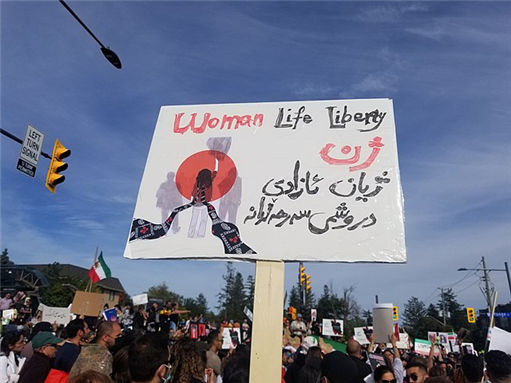Heading toward Marseille’s central train station, Eda Nano points out what looks like a streetlamp on the Rue des Abeilles. Its long stand curves upward to a white dome shading a dark bulb. But this sleek piece of urban furniture is not a lamp. It’s a video camera, with a 360-degree view of the narrow street.
Nano, a 39-year-old developer, wants to make residents of Marseille more aware that they are being watched. She is part of a group called Technopolice that has been organizing efforts to map the rise of video surveillance. With some 1,600 cameras in the city, there is plenty to find. Mixed in among them, Nano says, are 50 smart cameras designed to detect and flag up suspicious behavior, though she is unsure where they are or how they are being used.
Across the world, video cameras have become an accepted feature of urban life. Many cities in China now have dense networks of them. London and New Delhi aren’t far behind.
Now France is playing catch-up. Since 2015, the year of the Bataclan terrorist attacks, the number of cameras in Paris has increased fourfold. The police have used such cameras to enforce pandemic lockdown measures and monitor protests like those of the Gilets Jaunes. And a new nationwide security law, adopted last year, allows for video surveillance by police drones during events like protests and marches.
https://www.technologyreview.com/2022/06/13/1053650/marseille-fight-surveillance-state/
